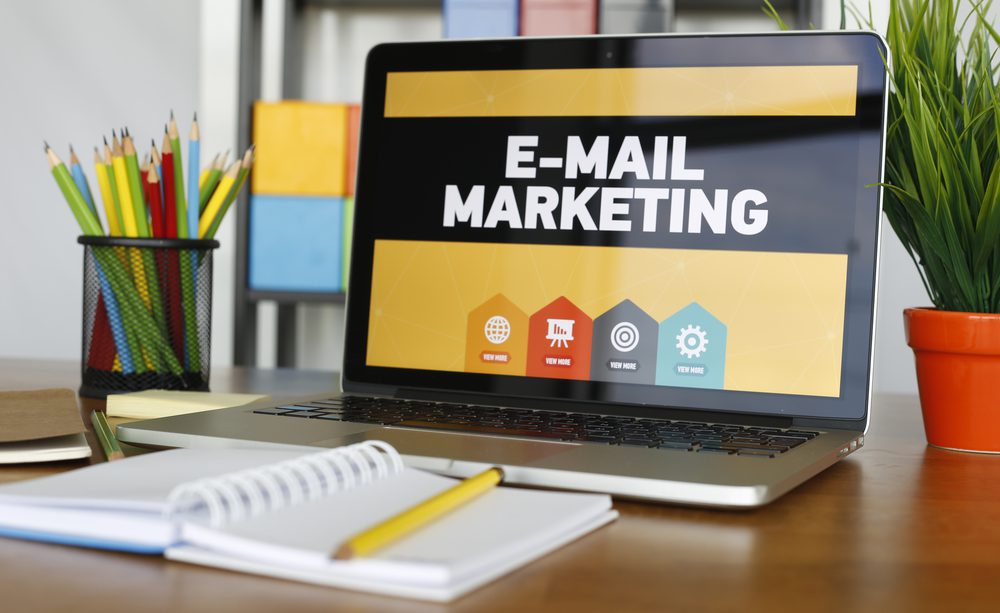How to Create an Effective Email Marketing Campaign
Due to its success rate, Email marketing is a tactic that many businesses use. The popularity of Email Marketing has resulted in companies and marketing groups having to come up with fresh ideas and cutting-edge strategies to set themselves apart from rivals. email marketing strategy has a number of advantages, including being economical and a productive way to connect with a broad range of clients, which is why so many businesses like it.
Businesses may design a successful marketing campaign that connects with the target audience and gets results by using the correct plan and methods.
Outlined below are some steps to take to create an effective email marketing campaign:
Step 1 – Define goals of Email Marketing
Knowing your goals is crucial before you start developing your campaign. Are you attempting to boost sales? Increase website traffic? Improve brand recognition? Develop a larger target audience?
Knowing your objectives will enable you to design a campaign that is suited to your particular requirements. It is important to focus on three main factors when defining goals: first your goal, second how you will achieve your goal? And third how you will measure your goal. Focusing on these aspects will provide marketers with a clear direction and help them create an effective campaign.
Step 2 – Build your email Marketing list
The basis of any campaign is your email list, thus it’s critical to have a strong one. By enticing individuals to subscribe to your newsletter, providing a lead magnet, or buying a list, you can grow your subscriber base. It is important to focus on all touchpoints and try to reach as many customers as you can. Think about all the ways you interact with your customers and look for opportunities to invite them to subscribe to your email marketing.
Step 3 – Personalize your emails
Personalization can increase your campaign’s efficacy. Utilizing the recipient’s name in the email’s subject line or body, segmenting your list based on demographics or previous purchases, and adjusting the email’s content to the recipient’s interests are all examples of personalizing your emails. It is good to show the audience that you have really got to know and understand them. Show them that they mean something to the business as this will prompt them to feel a sense of worth and priority from your business.
Step 4 – Write compelling subject lines
Your subject line will be the first thing your recipients see, so it must be intriguing and persuade them to open the email. Use action words, keep your subject lines succinct, and make sure they appropriately summarise the email’s content. Essentially it is a ‘teaser’ or the ‘hook’ and should make the audience want to open the email and read it rather than just disregarding it. Therefore, it is vital to make sure it is interesting and grabs the attention of the reader.
Step 5 – Create visually appealing emails
Emails that are visually appealing are more likely to be read and responded to. Make your emails more entertaining by including photographs, videos, and other multimedia components. Use a responsive design and pay attention to the layout for greater reading across all platforms. The ability to use tools like video to boost engagement was proven to increase clicks on emails including videos by 300%. This highlights the importance of visually appealing emails to help boost engagement and increase clicks on email.
Step 6 – Optimize for mobile
Given that the majority of customers read emails on mobile devices, it is imperative to make sure your emails are responsive to mobile. This calls for using a responsive design, keeping text short, and using bigger fonts. Especially with the rise in technology and the use of mobile devices, it is vital that marketers take this into consideration to keep up with competitors who may have already been doing this.
Step 7 – Include a clear call-to-action
A crystal-clear call-to-action (CTA) in your emails should make it apparent what you want the readers to do. This could involve going to your website, buying something, or signing up for a trial offer. Make sure your CTA is visible and simple to find.
Step 8 – Test and optimize
Following the launch of your campaign, it’s critical to monitor its effectiveness and make any necessary adjustments. To determine whether subject lines, graphics, or CTAs perform best, you can utilise tools like A/B testing. It was noted that 20% of marketers do not conduct any testing on their email program, which leads to failure to improve campaigns in the future.
Step 9 – Follow up and considering legal requirements
Use follow-up emails to keep your recipients interested and boost conversion rates. Follow-up emails can be used to provide special discounts, remind recipients of things they’ve forgotten to add to their shopping carts, or solicit feedback from customers. When sending emails, keep in mind the legal requirements, such as offering an unsubscribe link in every message and immediately granting opt-out requests.
You may develop a successful email marketing campaign that assists you in achieving your objectives and engaging with your audience by following the advice in this blog. For better results, don’t forget to monitor your progress, experiment with different features, and improve your campaign.


